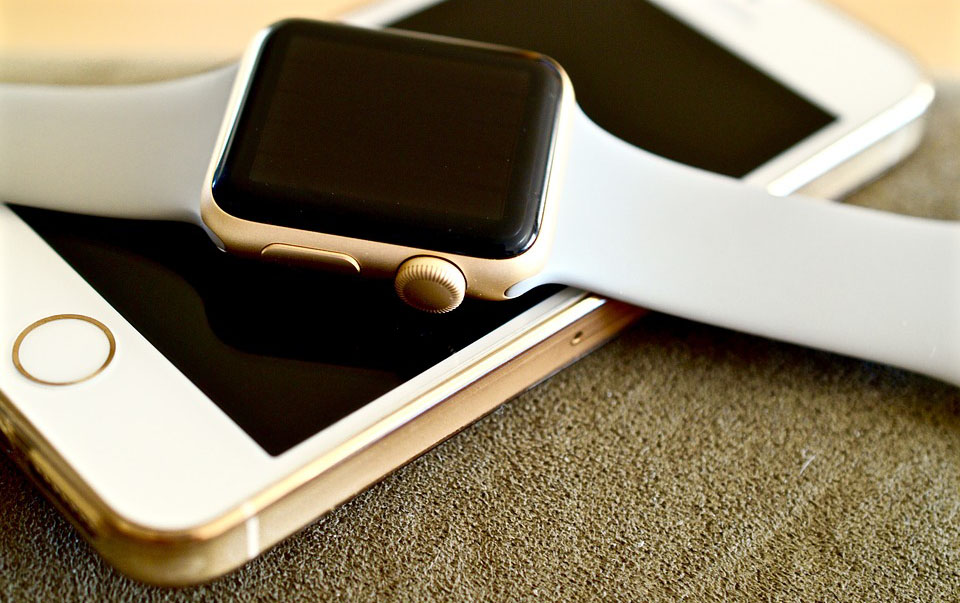When you combine the ability to collect workplace data with evolving data analytics and machine learning, you can improve productivity, worker safety and fraudulent and exaggerated claim rates. During a session at the RIMS 2018 annual conference, Eric Martinez, founder and CEO of Modjoul, and Lance Ewing, EVP of global risk management and client services at Cotton Holdings, led a dynamic discussion around wearables and how they can and will create change for your organization.
Why should companies start using wearables? For an individual, it can point to issues for correction. Groups of employees can compare with known thresholds, or set thresholds for improvement in areas of concern. For an organization, wearables change the way an organization is managed.
The benefits of wearables are working with individual outliers, validation of application and new data for further understanding. Working with individual outliers, for example, in automotive telematics, the worst 5% of drivers represent 15% to 20% of losses. Validation of application can verify applications and information provided with new data for further understanding activity (bends, steps, twists, driving), training (aggressive driving events, near misses, bad bends), fatigue (duration of physical activity), fitness (height-to-waist ratio) and even environment (temperature, heat index, humidity).
See also: Where Are the New Wearables Heading?
Workplace wearables create data and insights for companies and employees to achieve their highest performance. The wearable device captures payloads, then sends payloads to the cloud for computing and finally displays data on a dashboard. The criteria for a wearable are sensors (detect location, motion, environment and biometric data), processor (determines how fast data is sent to the radio and runs firmware code), data storage (provides short-term firmware and allows for inconsistent radio signal), radio (three basic types of radio: WIFI, Bluetooth and GSM) and data storage (allows ease of use for charging). These wearables are for finding the locations of injuries or potential injuries.
Why are wearables the new hot topic for workers’ compensation?
- Wearables can be put in place to improve productivity and safety.
- 70 million-plus blue collar/labor workers in America.
- Typically don’t have access to their cell phones while on the job, making it harder to inform supervisors in real time when injuries occur.
- Employee turnover is high, requiring a solution that can easily transfer between users.
- Hazardous environments, increasing the probability for injuries.
- Due to the spread-out nature of work, employee reporting is hard to track.
- Occupational injuries and illnesses cost $250 billion a year.
- Injured workers require an average of eight days away from work to recuperate.
- Lost productivity ($183 billion) far outweighs the cost of medical expense ($67 billion).
- Worker productivity has continued to be abysmal.
- Productivity growth is the weakest it has been since the early 1980s — only 0.8% a year over the last half a decade, compared with 2.3% on average from 1947 to 2007.
These wearables can keep workers safe and productive. Wearables modify work procedures and can improve work activities based on data conveying a certain activity is potentially hazardous or inefficient. Telematics can provide near-real-time feedback of employees' motion, location and environment, and real-time clock timestamps all activities, including start, break and end of day. Fraud detection can record employee incidents to verify when accidents occur, and the potential severity and time reporting verification ensures employees are working in reported time. Wearables can identify near-miss events and identify locations/processes/poor technique that result in near misses to implement solutions before an accident can occur. Wearables also track employee performance and drill into data to provide work insights that empower employees to achieve their highest performance.
See also: Wearable Technology: Benefits for Insurers
Lastly, some privacy concerns to consider are that there no biometric screening data is captured. Only captured data has a business purpose. WiFi credentials are encrypted inside device and when transmitting to the cloud and device can be logically turned off based on shift times. The time of wearables is now!








